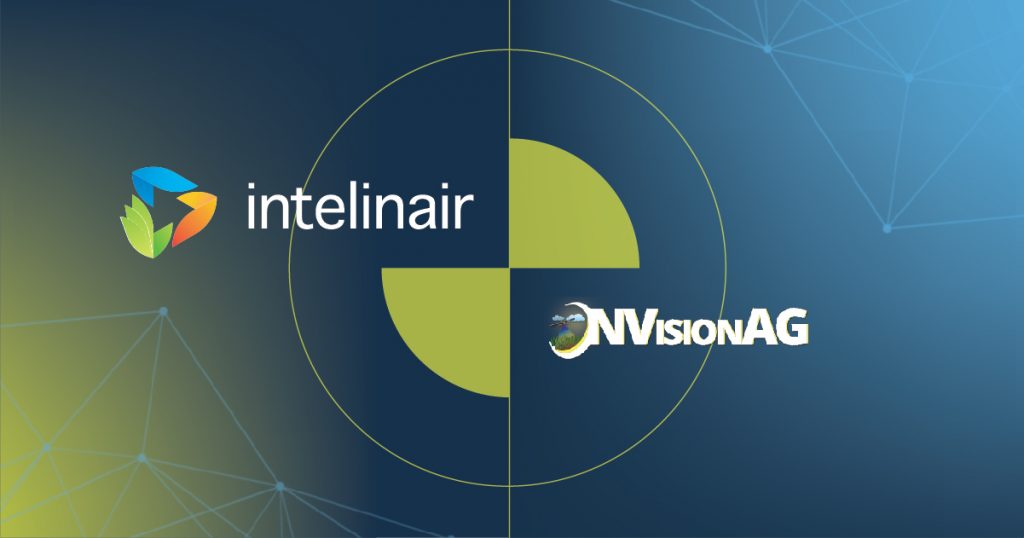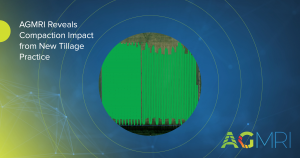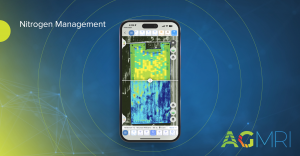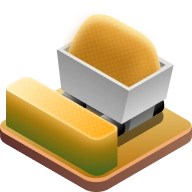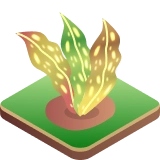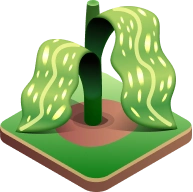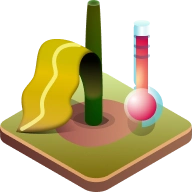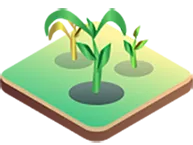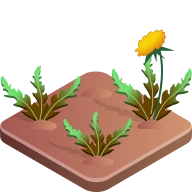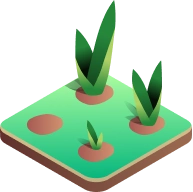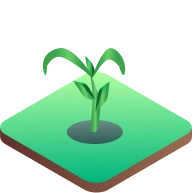Intelinair and NVision Ag announced a collaboration in 2023 whereby AGMRI provides nitrogen recommendations using NVision Ag’s nitrogen management tool. The NVision tool provides data to help determine whether more nitrogen is needed by showing specific degrees of nitrogen loss within a field. Learn more.

Sales Manager
NVision Ag
As the 2024 crop season progresses, one of the key considerations for corn farmers is how to best manage nitrogen. While applying N at planting jump starts growth, figuring out the right amount and timing for additional applications can be a bit tricky. What makes the 2024 season unique, what have we learned from past wet springs, and when is the optimal time to apply nitrogen? Let’s explore these questions with Bob Ryan, Sales Manager for NVision Ag, and dive into nitrogen management strategies for this crop season.
This season has trended very wet, and the rainfall has come throughout the month of May. That is a tough scenario for nitrogen loss. Farmers should be very concerned about monitoring for nitrogen loss, or they will leave yield on the table in 2024.
Q. With this crop season and the recent weather events across the Midwest, what is top of mind for growers with regard to nitrogen management?
Most of my farmers are just finishing planting. They are now switching gears, checking their emergence, scouting for weeds, and planning sidedress applications of nitrogen. In regards to nitrogen, they are trying to determine how much nitrogen to add to their sidedress trips.
Right now, in early June, the first planted corn is about four or five leaves tall. In about a week, it will begin to grow a little faster and start consuming a little bit more nitrogen. Still, in this stage of corn growth, predicting the amount of supplemental nitrogen the corn is going to require is more of a guess based on monitoring weather and rainfall amounts. I would advise farmers to stick with their nitrogen plans at this stage. But, based on the amount of rainfall we have had in most fields, I would encourage them to enroll with AGMRI to use NVision Ag to monitor their nitrogen later in the season.
Q. What are the most important considerations for nitrogen management this season?
All forms of nitrogen convert to the nitrate form over time. This is the form of nitrogen that is most subject to loss. As of early June, all of the pre-plant nitrogen that a farmer has applied this year has been converted to the nitrate form and is subject to loss via leaching. Every time it rains, the water moving through the soil takes some nitrogen with it. A rule of thumb is that you lose 3-4% of the nitrate nitrogen already applied every day your field is saturated. If you had 10 days of saturated fields, that would equate to a 30% loss. If a farmer side dresses additional nitrogen, that product can also be at risk for losses. In the beginning, the ammonium portion of the sidedress nitrogen will be protected from leaching loss. But, over time, all of the sidedress nitrogen will also convert to nitrate, subjecting it to potential loss.
Field tile, slope, and soil type are all factors to consider when trying to determine nitrogen losses.
In addition, farmers are trying to determine the field’s yield potential and how much nitrogen is needed to achieve that goal.
In short, nitrogen management is complicated. I encourage farmers concerned about nitrogen to enroll with AGMRI and use NVision Ag to monitor their nitrogen later in the season. As the corn develops, the NVision system will be able to recommend supplemental nitrogen accurately.
When we hit waist-high corn, the plant will begin to consume massive amounts of nitrogen and grow extremely fast. At this stage, we can begin to see nitrogen deficiencies with our NVision Ag system. Plants tell us what they need. Obviously, the bigger the corn is, the more nitrogen it has consumed, and the more nitrogen deficiencies will be revealed. The NVision system is very accurate once the corn hits full canopy, somewhere between waist and shoulder-high corn.
Q. What should growers be evaluating right now (early June) as it relates to nitrogen?
At this crop stage, I recommend farmers stick with their nitrogen plan and stay on their budget. The best thing that can be done now is to scout and use AGMRI emergence and weed maps to make sure there is a good stand of weed-free corn. Sidedress or replant if needed. Make plans for crop protection product applications. Keep doing that until the corn canopies, usually waist high, and then start using Nvision.
In shoulder-high corn, NVision will be approximately 90% accurate in its nitrogen recommendations. You will be able to learn whether you need to supplement with more nitrogen before you can see the usual visual signs of nitrogen deficiencies. Based on the crop progress, start monitoring via your NVision and AGMRI tools around the June 10 timeframe.
For reference, see the accuracy of NVision improves with crop stage:
- Armpit: V8 – 86%
- Shoulder: V10 – 90%
- Head: V10-12 – 93%
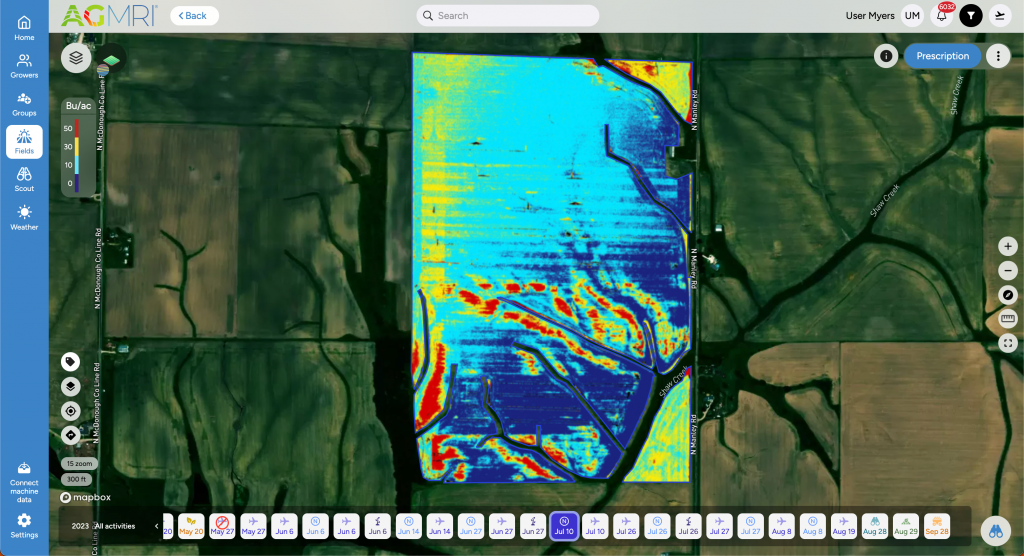
Q. What have we learned from similar crop seasons that had a wet May?
Several crop seasons with a wet May come to mind – 2010, 2011, and 2019 – in particular. In those seasons in Illinois, we had a wet late April, May, and even into June.
In wet crop years, when we applied supplemental urea to shoulder-high corn, our yield data showed we had an average increase of 25.5 bu/acre across three years of testing. We ran NVision at the V8 stage, and it recommended how much N to apply. On average, that was 46 lbs per acre of actual additional nitrogen. Based on today’s values, that would be about $24 worth of polymer-coated urea (100#). Using a $4.50/bu price for corn, that equates to $114/ac in gross profit. Or, a solid 4X ROI less any application costs.
In a year like 2024, when commodity prices are down, farmers need to get it right. That’s hard in a wet year. At this stage in the crop season, I am recommending farmers work their plan. I talk to a lot of them, and they would like to go out and put on extra nitrogen, but it’s too early to be sure of what the plant needs. It’s just a guess at this stage. They don’t want to wait to supplement their N, but if they want to be sure, I recommend that they wait until the corn is waist-high for a more accurate reading.
Learn More
There is still time to sign up to monitor your fields for nutrient deficiencies and create prescriptions with N-Vision and AGMRI this crop season. Interested in learning more or to request a demo? Contact us.

